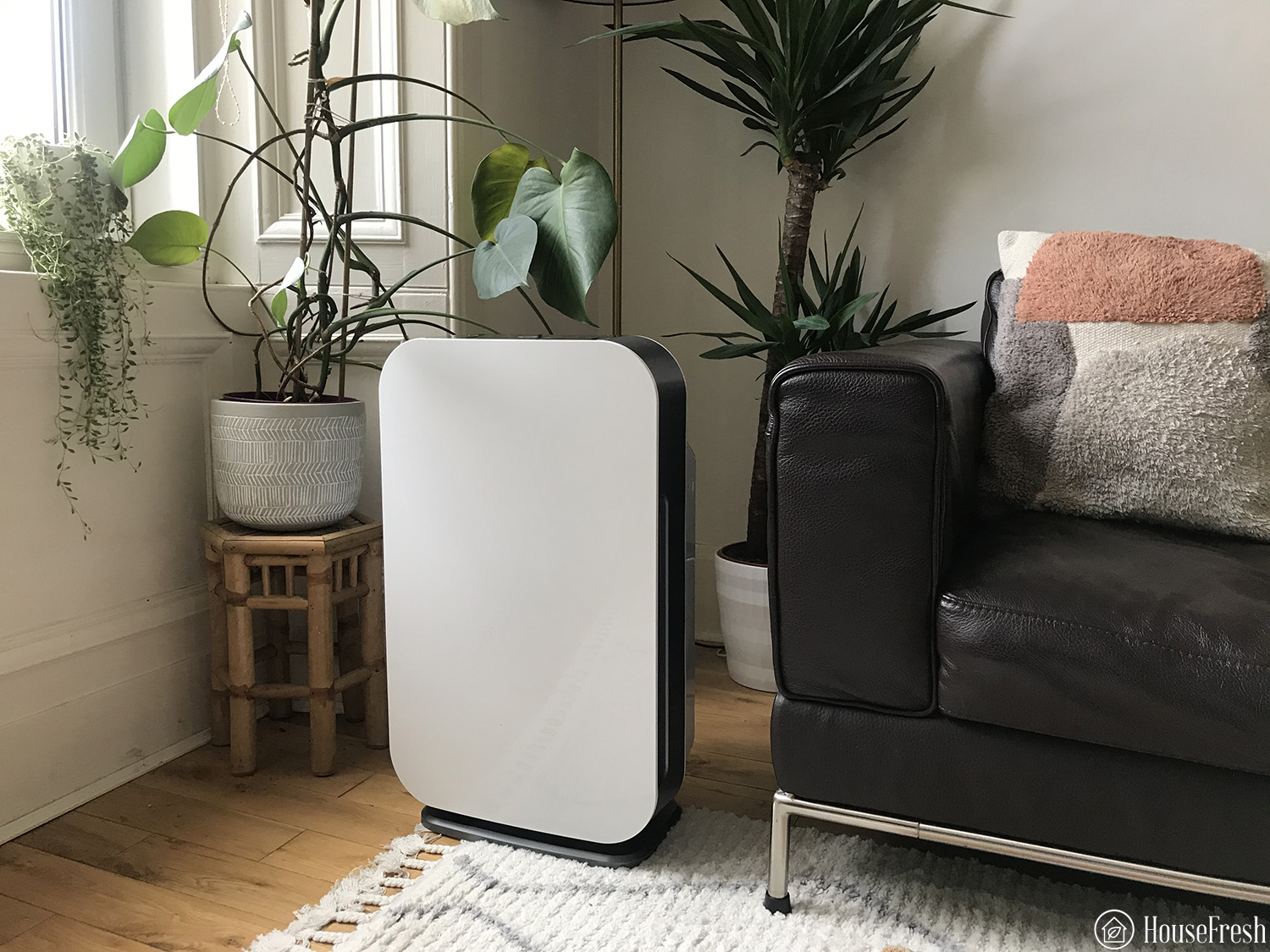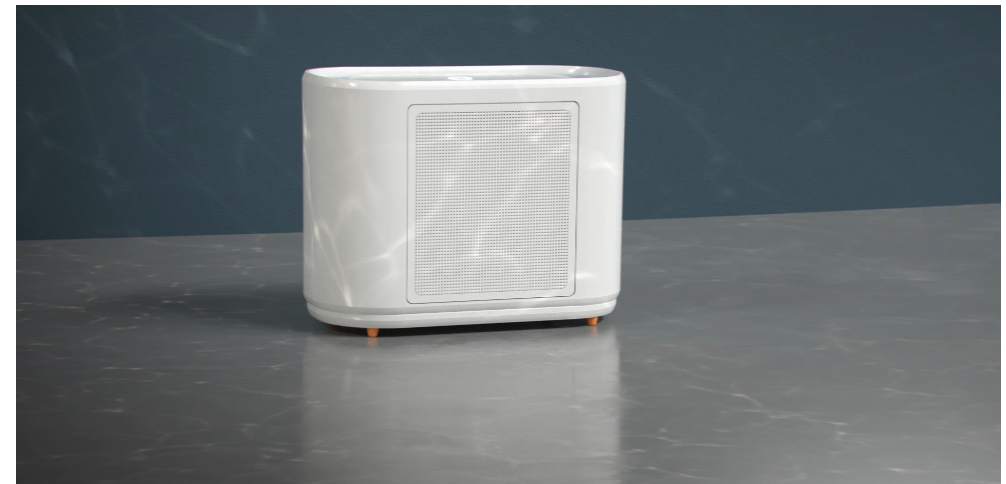
If you are not the owner of a water purification system or an aquarium, you might be surprised how activated carbon is used as an air purifier filter. The use of carbon filters for water purification is considered the oldest method of water purification.
People have used it for centuries to filter impurities from drinking water. In the aquarium industry, activated carbon is currently one of the most effective adsorbents and the largest-selling maintenance product. It removes dissolved organic molecules, chloramines, chlorine, and some heavy metals. It is also used to remove residual dyes and medications like antibiotics.
What is activated carbon? Activated carbon, also known as activated charcoal, is derived from charcoal. It is a form of carbon that has a small charge of electro-positive added to it. The added charge makes it more attractive to impurities and chemicals that are negatively charged. Charcoals used in making activated carbon are made by burning coconut husks, nutshells, hardwood, and other carbon-based materials. To make it available for chemical reactions and adsorption, carbon is also processed to have a huge surface area and make it very porous. Through the help of nitrogen gas adsorption, it is determined that only 1 gram of activated carbon usually has a surface area of 500 square meters or 1/10 the area of a football field, and 1 pound of activated carbon has 200 miles of fissures and pores with an area of 4 million square feet. Activated carbon, especially the granulated one combined with the packed tower aeration method, is recognized by EPA (United States Environmental Protection Agency) to remove carbon tetrachloride from drinking water to below 0.005 milligrams per liter or 5 ppb.
Activated carbon is frequently combined with other minerals like zeolite in air purifiers. Zeolite can act as a chemical sieve and a filer for absorbing molecules and ions.
In several models of air purifiers, the carbon is impregnated with potassium iodide and mixed with impregnated active alumina for the absorbent qualities to increase. People with MCS (Multiple Chemical Sensitivity) will benefit from these air purifiers because they can absorb formaldehyde found in furniture upholstery, wood paneling, and carpet. These air purifiers can also remove perfumes and household cleaning chemicals, making your house fresher and breathable for the elderly, children, babies, asthma sufferers, and people in general.
Type of air pollutants activated carbon air filters can remove

Below is a chart that rates the activated carbon filter’s performance on its ability to remove the following contaminants:
Most fumes from household cleaners, cooking, and organic odors can be removed or reduced by activated carbon filters. It can also remove VOC (Volatile Organic Chemicals), solvents, radon, THM (trihalomethane), benzene, Nitrogen dioxide, chlorine, herbicides, pesticides, and many other manmade gasses.

Choosing the right activated carbon air purifier
When buying an activated carbon air purifier, you should choose a filter with a large amount of activated carbon; when we evaluate activated carbon air purifiers, we look at the size in lbs. Many low-quality air purifiers sold in the market contain only a tiny amount of activated carbon. These air purifiers will perform poorly compared to those with bigger volumes of activated carbon.
Another point to consider is whether the activated carbon media can be replaced without changing the whole cartridge. A complete cartridge unit is much more expensive compared to bulk media.
Most lists of air purifiers are nothing more than a list of that year’s bestselling purifiers. Here at HouseFresh, we review and test the performance of all the air purifiers in our home lab. We don’t let manufacturers send us free units as our goal is to be unbiased so we can be free to say if an purifier is terrible. Our ultimate goal is to allow our readers to look beyond marketing hype and discover the right air purifier for their homes.
How we test air purifiers Read our full testing methodology.
All the air purifiers we recommend here have a large amount of activated charcoal, either as a separate filter, as with the IQAir Healthpro Plus or as a combined filter, as with the Alen 75i. All the units on our list combine activated charcoal with a high-quality HEPA filter, which has been proven to be the most effective technique for dealing with particulate pollutants. You will notice that none of the air purifiers on our list are low-priced, and this is to be expected as activated carbon isn’t cheap and requires high airflow to be effective.
Written By, Danny Ashton